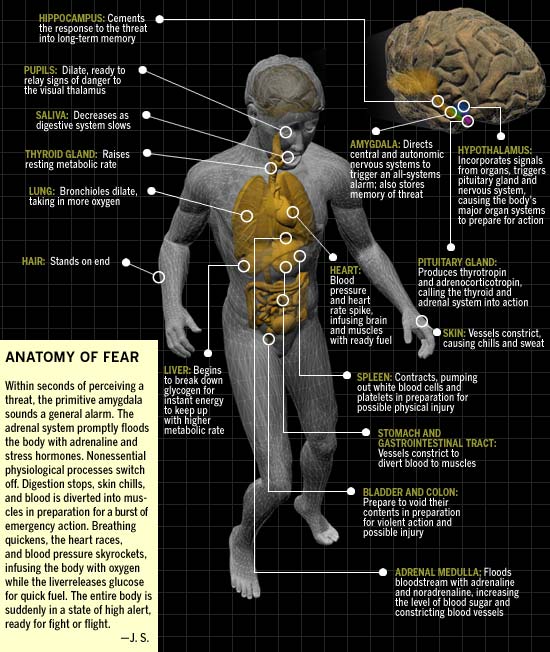Placebos work. They do. It’s been proven. Now, you can’t build a house on the premise, nor base an entire plan around them working…but they do work. Understanding and awareness of their extent or limits are in their infancy but we do see their power in the medical and therapeutic fields quite frequently. They’re also omnipresent in the self-defense/martial arts fields. “I’m a kalista, a jujitsoka, a karateka. I do krav maga. I’m an expert in systema.” Utilizing their martial title online in their name. All reference points on violence and fighting coming from their subjective exposure within that system/art. And on and on, et al. Note that these practitioners take exceptional pride in representing all that system embodies. It’s become a part of their very identity, not just a hobby or passion that they partake in. Taking on rituals and adornments and clothing and micro-language of the home country. Talking with idiosyncrasies that nationals do. Becoming an expert on all things cultural that originates from the home country of that particular system, methodology, or art…very akin to religion, in many ways.

It’s a strong motivator..unbelievably strong. Now, it’s very easy to mock these people as cultists, or delusional, or imbalanced. Maybe that is a part of it at times, maybe not always. But one thing that can’t be neglected is the fact that that unbridled loyalty acts as a placebo – it gives them power, and unshakable belief; belief that gives them tremendous motivation to defend that system..even it often gets them into trouble doing so, the same trouble they’ve often pledged to avoid. And belief is a mighty thing, even if off-base. A tremendous drive of something enduring and continuing a living tradition without letting down the proponents of that lineage is a huge motivator for success, even if misplaced. Sometimes it can get one in trouble, but even a misplaced, under-educated, and one-dimensional deep-seated belief is a powerful thing to overcome. At the end of the day, that loyalty is dogmatic. Pay attention when intense practitioners talk. This industry seems, at times, to run on the placebo-effect.
Safety placebos from the average untrained citizen is a thing, too. Decisions, beliefs, or steps that you have, take, or do and think you’re going to be safer or avoid or improve, are also an omnipresent thing, that these micro-things will negate entirely your risk of being a victim:
-living in/moving to the suburbs, which alleviates you from being a victim of crime (placebo is the area)
-simply going armed/getting an alarm/having a guard/attack-dog, which deters or mitigates potential attack or targeting (placebo is the weapon/dog/alarm) Carrying pepper-spray in your zipped-up purse, never having deployed or shot it, for example. Having a blade in your glove compartment another. Going to the shooting range once a month, yet another.
– that if you have a weapon you won’t need to fight because the weapon will replace the need (placebo is, again, the weapon)
-that taking some self-defense classes or a seminar is sufficient to up your protection-factor (placebo is the class/seminar)
– that being big or heavily-muscled or tattooed prevents you from being a target (placebo is your size, biceps, or tribal marks)
-that being in a certain amount of fights make you prepared for all types of violence (placebo is your ego or cred or one-dimensional experience) I once had a gentleman tell me he was perfect for my training because he had “been in 16 fights the last year.” I’m not sure why he felt he needed my services, he seemed to be just fine at finding his own conflict on his own. And I guess the fact he was talking to me after 16 street-fights demonstrated that he was good-enough at violence that my training and I were moot anyways, in hindsight.
-that others/police will be there to defend me (placebo is other people, the law, society in general)
Sometimes the belief that simply doing nothing (really, the nocebo-effect) will suffice as it simply couldn’t or wouldn’t ever happen to you – it’ll always happen to them. (kinda’ the reverse form of “othering”, in a way, if you think about it) If one goes through one’s entire life not having anything happen to them, clearly it exacerbates these faulty belief structures. Truthfully, many can go through an entire life running on placebo and believing that is was your decisions (or lack thereof) that has protected you for so long. (Congratulations, you can successfully blow sunshine up your ass predominantly because of luck and fortune)

So where am I going with all this? Is there a point for something that’s generally known throughout the industry? Well, the first is deciphering the difference. Have you remained safe because of savvy decision-making and some thought-driven real-world prep and research from reflection….or have you been “blessed” by fate, which can always potentially run-out? Take stock. Fortune may have smiled upon you thus far, but are there ways that you could up that fortune factor? Remember, it’s said that luck is the child of planning meeting opportunity.











